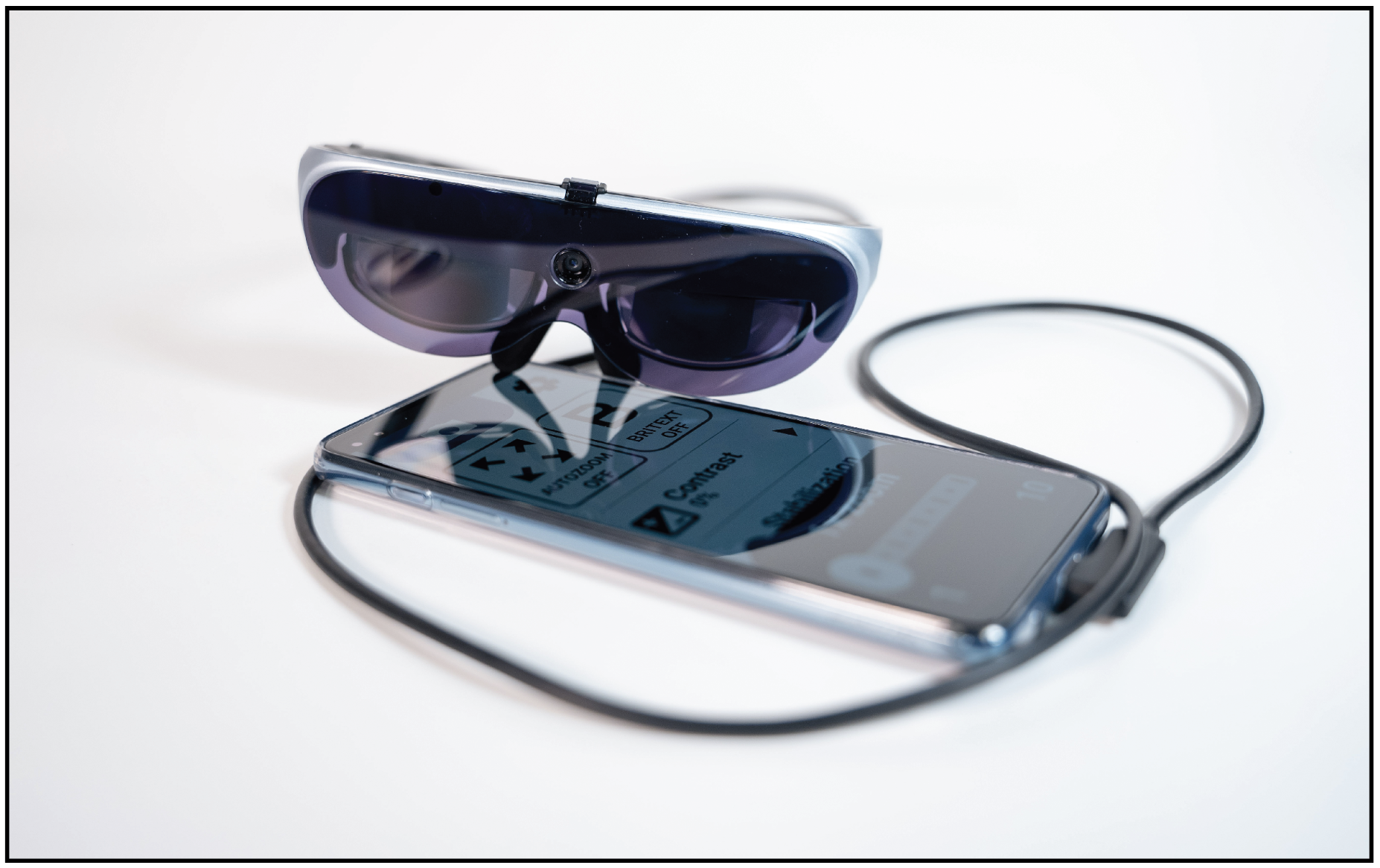 |
Last month I talked about the new eyecare products available today, but there were too many to list in one column. Here, I’ll discuss the rest of the lesser-known but just as important treatments that help improve outcomes and disease diagnosis for conditions such as dry eye and glaucoma, as well as augmented reality technology that’s helping patients improve their vision. Let’s dive into part two of these impressive innovations.
Quad and Triple Simple Drops
One of the first patients I saw in my current clinic was a friend’s grandfather who had advanced glaucoma. He was on three different drops and presented with pressures of 30mm Hg and 31mm Hg. He used his drops at the wrong times; for example, he was taking PGA in the morning. After performing SLT, I ordered the Quad and Triple preservative-free drops from Imprimis. The Quad, dosed QHS, contains timolol, brimonidine, dorzolamide and latanoprost, and the Triple, dosed in the morning, contains timolol, brimonidine and dorzolamide.
This patient’s pressure currently runs between 11mm Hg and 13mm Hg, and with only two bottles he has no issue remembering which drop to use when.
Low-level Laser Therapy (LLLT)
This intervention directly treats the meibomian glands, triggering an endogenous heating of the eyelids through cell adenosine triphosphate production that is maintained for over 24 minutes. For that reason, LLLT works extremely well on hordeola, chalazia and meibomian gland dysfunction. When combined with intense pulsed light, it can have a greater effect on the telangiectatic vessels, evaporative dry eye and even blepharitis.
 |
|
Eyedaptic’s glasses enhance vision for those with low vision diseases such as AMD and diabetic retinopathy. Click image to enlarge. |
Eyedaptic
These augmented reality glasses have been shown to improve functional vision in patients with macular scarring from conditions such as advanced age-related macular degeneration and Stargardt’s disease. The technology involves enhancing the image to take advantage of the healthy retinal tissue and is adaptive to the user’s vision, habits and environment. Patients quickly adapt, gaining numerous lines of vision and the ability to recognize faces, significantly increase reading speed, functionality and quality of life.
Vital Tears
For years, obtaining serum tears for patients with aqueous-deficient dry eye, keratoconjunctivitis sicca, neurotrophic keratopathy and limbal stem cell deficiency was fraught with hassles sorting out fulfillment issues with apothecaries, tissue banks and compounding pharmacies. It never seemed authenticated until Vital Tears emerged. Simply prescribe the concentration (most conditions require 20% serum) and the company takes it from there. Phlebotomists meet patients at their home or place of work and create the drops for patients to administer on a regular basis. It’s seamless, sterile and effective.
iTear100
This FDA-approved device from Olympic Ophthalmics uses focused oscillatory energy to activate the external nasal nerve from the outside of the nose. The result of placing the iTear100 on the outside crease of the nose for 30 seconds on each side is basal tear production from the meibomian glands, goblet cells and lacrimal glands. The energy level, frequency and tip design were optimized through extensive clinical trials to maximize stimulation of the external nasal nerve safely and comfortably.
Form Fit Hydrogel Canalicular Plug/Absorbable Lacrimal Plug
The form fit canalicular plug for dry eye from Oasis Medical is made of a soft hydrogel material and inserted in the punctae. Once it makes contact with tears, it slowly increases in size by three times. The plug can easily be flushed out if necessary, but is designed to remain in place.
Impressive InnovationsRead about more new eyecare products here in the first column of this two-part series by Dr. Karpecki. |
If you require a dissolvable plug, the soft plug extended duration can be placed in the punctae and remain for approximately 180 days. Be sure to purchase extended duration plug forceps (Bruder Healthcare), which secure the plug without damaging it for easy implantation.
Dr. Karpecki is medical director for Keplr Vision and the Dry Eye Institutes of Kentucky and Indiana. He is the Chief Clinical Editor for Review of Optometry and chair of the New Technologies & Treatments conferences. A fixture in optometric clinical education, he consults for a wide array of ophthalmic clients, including ones discussed in this article. Dr. Karpecki's full list of disclosures can be found here.
